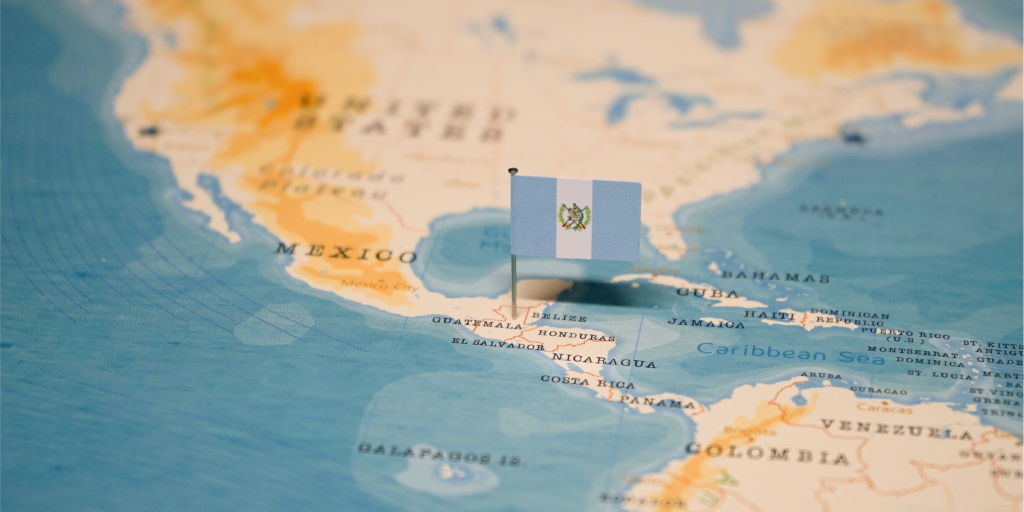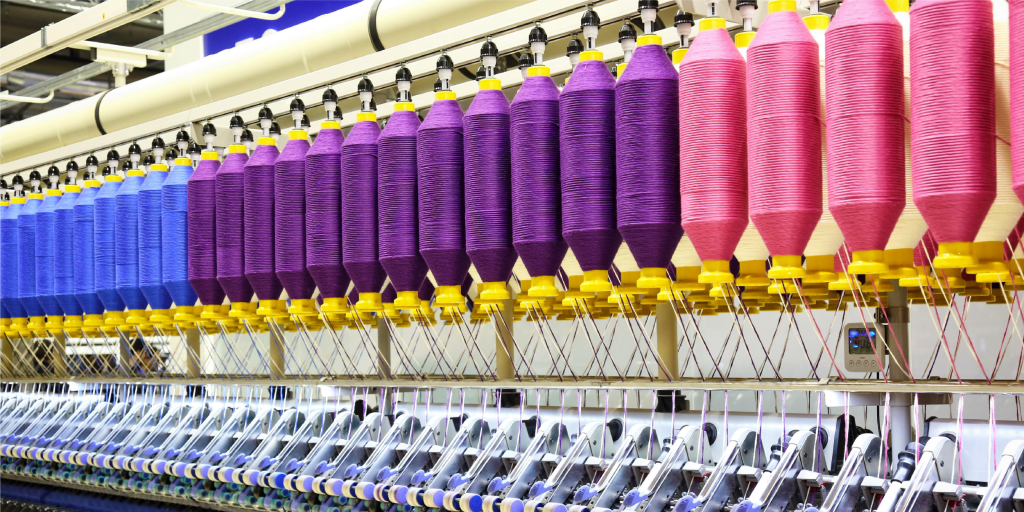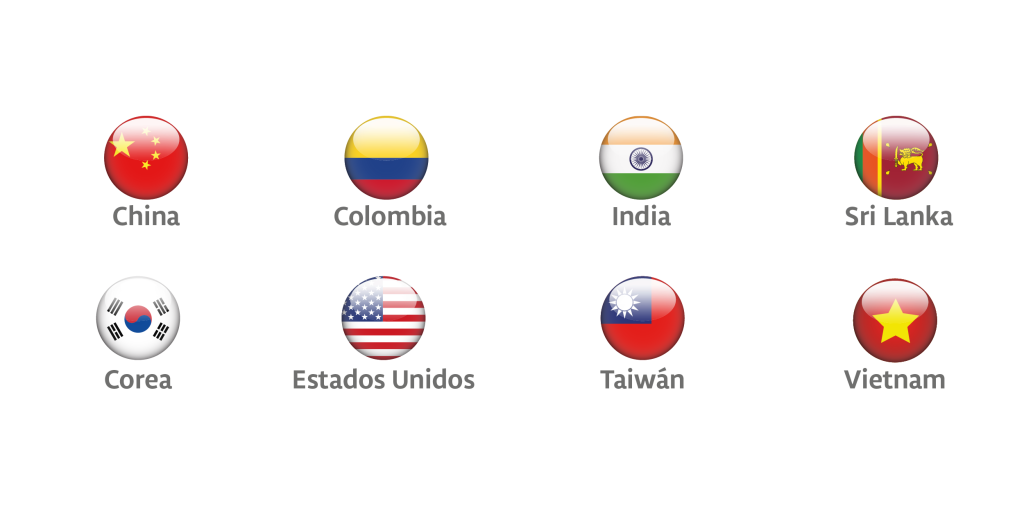By Karin de León
Investment Director
VESTEX
With the end of the COVID-19 pandemic and the maritime transportation crisis, the term “Nearshoring“, which means bringing production closer to the consumer territory, began to be heard more frequently. Thus, in national and international forums, this new strategy began to be analyzed not only to bring producers closer to their customers, but also to minimize the risks of any new break in supply chains and improve inventory management.
For the apparel and textile industry in Guatemala, nearshoring has represented a great opportunity due to its proximity to the United States. Currently, 72% of apparel exports are destined for the U.S. market, and due to the competitiveness of the industry, Guatemala has positioned itself among the top ten U.S. suppliers worldwide with products such as coats, cotton and synthetic shirts, shorts, pants, among others.
In addition, the sector is highly integrated regionally, since 22 % of the country’s exports are inputs such as yarn and fabric, which are destined for Central America. However, most of these inputs are transformed into garments and their final destination is also the United States, which is why the U.S. market accounts for up to 94% of total exports in the sector .

In the last two years Guatemala has become an ideal destination for foreign apparel and textile companies to establish their new investments; not only because of its location, but also because it offers a stable economy with a pro-investment government and the experience of a cluster with more than 30 years operating in an integrated manner with the entire supply chain, which has allowed it to offer international clients agility, flexibility and the ability to provide high added value and quality to the final products. This has positioned the sector as one of the best examples of the Nearshoring strategy.
In addition, the industry has also been boosted by reinvestments. Since the beginning, the industry has been made up of foreign and local companies, which, due to the economic situation, have chosen to reinvest in their operations in Guatemala to modernize, expand or verticalize them. The latter strategy refers to the fact that if before the companies only manufactured garments, now they also want to manufacture their own fabric in order to provide a more agile response to their customers.
One example of these reinvestments is the case of IMPERIALTEX, which announced a US$80 million reinvestment in a new spinning plant, which is expected to generate more than 300 direct jobs. It is important to note that this type of investment involves a long-term commitment, as many of these projects are designed in phases that can take up to 30 years.

Another example is the Colombian group SPATARO, which, through a strategic alliance with a Guatemalan company, will manufacture dress shirts in Guatemala, which will allow Guatemala to once again have other manufacturing capabilities. Another example is the companies that were part of the announcement of the Vice President of the United States, Kamala Harris, who has developed initiatives to support the countries of the Northern Triangle (Guatemala, El Salvador and Honduras) to stop illegal migration through investment and job creation. Part of the results have been the announcements of foreign investments such as GRUPO NEXTIL, from Spain, and PROTELA from Colombia, whose investments exceed US$30 million dollars and are expected to strengthen the industry cluster, since both companies seek to manufacture new products that are not currently manufactured in the region and that add value to the country’s supply chain and therefore to our final products.
Experience has proven that the announcement of a new investment in the apparel and textile sector creates a multiplier effect, as it makes more international companies see Guatemala as an increasingly attractive destination for the installation and development of their new projects. Proof of this is that from VESTEX and in many cases, with the support of USAID’s Creating Economic Opportunities Program (CEO), more than 15 potential investors from different origins such as China, Colombia, Korea, United States, India, Taiwan, Sri Lanka, Vietnam, among others, are being attended.

New investments in the apparel and textile sector are advancing and it is expected that companies that are prospecting the country will continue to discover the advantages that Guatemala and this industry have to offer. For our sector, new investments imply new opportunities to access more innovative products and offer our customers more complex garments with greater added value.


